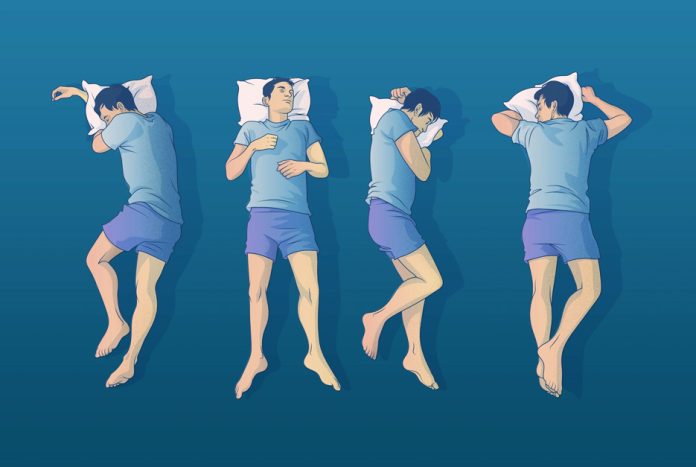Chances are, one thing about your sleep routine stays the same. Even if your bedtime changes or you wake up at different times each morning, there’s probably one sleep position you use consistently.
But it’s possible the position you find most comfortable can cause health problems, ranging from aches to sleep apnea. Learn about the pros and cons of common ways to sleep, and discover tips for making each position better for your health.
Why Sleep Positions Matter for Your Health
Experts link your sleep position to some health conditions. How you sleep may make them better or worse.
“Not only does it impact your sleep quality at night — how well you’re sleeping or perceiving to have slept — but it can impact any existing medical conditions, like cardiovascular issues, sleep apnea, GERD, or even conditions like pregnancy,” says Daniella Marchetti, PhD, a licensed clinical psychologist and sleep specialist with Rise Science in Chicago.
Sleeping on your back can cause your tongue and jaw to hinder your airway, worsening snoring and sleep apnea. If you have heart failure, you may have shortness of breath while sleeping on your left side.
How to Find Your Perfect Sleep Position
Finding your perfect sleep position is based on your needs — whether it’s comfort, restful sleep, or managing any medical conditions. “For someone who doesn’t have a specific medical condition, the best position is always going to be the one that maintains proper spinal alignment with an even weight distribution,” Marchetti says.
Here’s a look at some sleep positions and who may benefit from them:
- Back. Try sleeping on your back if you have neck or back pain.
- Side. If you snore, have sleep apnea, congestion, or are pregnant, side sleeping could help (sleeping on your left side is often the best choice).
- Stomach. This position doesn’t help most people and can cause further problems, such as back, neck, and shoulder pain.
- Propped up. If you have a cold, flu, or acid reflux, try raising your head with a wedge pillow or a bed that inclines.
If you haven’t been sleeping well and want to try a new position to see if it helps, be patient. A habit like that can take a while to change, especially if you’ve been hitting the sack the same way for years.
Get a new supportive mattress if you want to sleep on your back, or a contour pillow for between your knees if you’re switching to your side.
The fetal position is the most popular way to sleep. It is favored by more than 4 out of 10 people, especially among women, who are twice as likely as men to sleep curled up on their side.
For the most part, it’s a healthy way to doze because it allows your spine to rest in its natural alignment. The fetal position might also help ward off conditions such as Alzheimer’s or Parkinson’s. Recent research on animals suggests that your brain does a better job of clearing waste that can lead to these neurological diseases when you’re sleeping on your side rather than on your back or stomach.
This position’s also good for:
- Pregnant women. You should stick to lying on your left side while expecting. It improves circulation to your growing baby and prevents your uterus from pressing against your liver.
- Obstructive sleep apnea (OSA). It can help with snoring and airway blockages linked to OSA.
- Back pain. To ease back pain, try sleeping on your side with a pillow or rolled-up towel between your knees to keep your spine aligned.
- Acid reflux. Be sure to sleep on your left side to ease heartburn or acid reflux.
Avoid sleeping in the fetal position if you have shoulder pain, as it can cause more pressure on this area. If you’re trying to avoid facial wrinkles, remember that sleeping on your side pushes your face into your pillow, causing more wrinkles on that side.
Make it better: Stretch out a bit. Pulling your body into a tight ball or curling forward too much limits your lungs and diaphragm. A more relaxed back encourages easy breathing.
Do you sleep on your side but with both arms down, close to your body? You’re in fairly good company, as 15% of people prefer to catch their ZZZs in the log position. And that’s great because it’s good for your health.
Resting on your side, with your back mostly straight, can help cut down on sleep apnea. It can also lower neck and back pain since your spine stays aligned.
Although the fetal position is a common sleep posture for many Americans, it isn’t ideal because of the curvature of your body in this position. It disrupts the alignment of your head, shoulders, and hips, and can lead to aches and pains the next day. It may also cause breathing issues, as being curled too tightly can restrict your diaphragm.
Make it better: Place a soft pillow, folded blanket, or towel between your knees to ease pressure on your hips.
Credit: webmd









